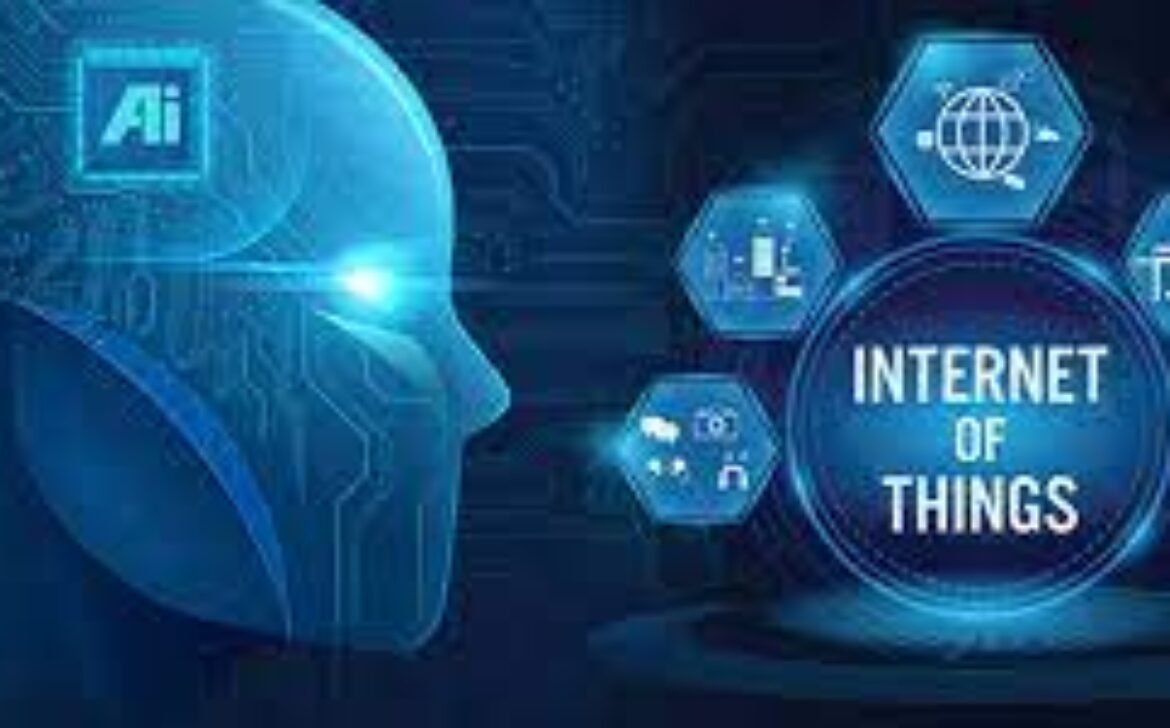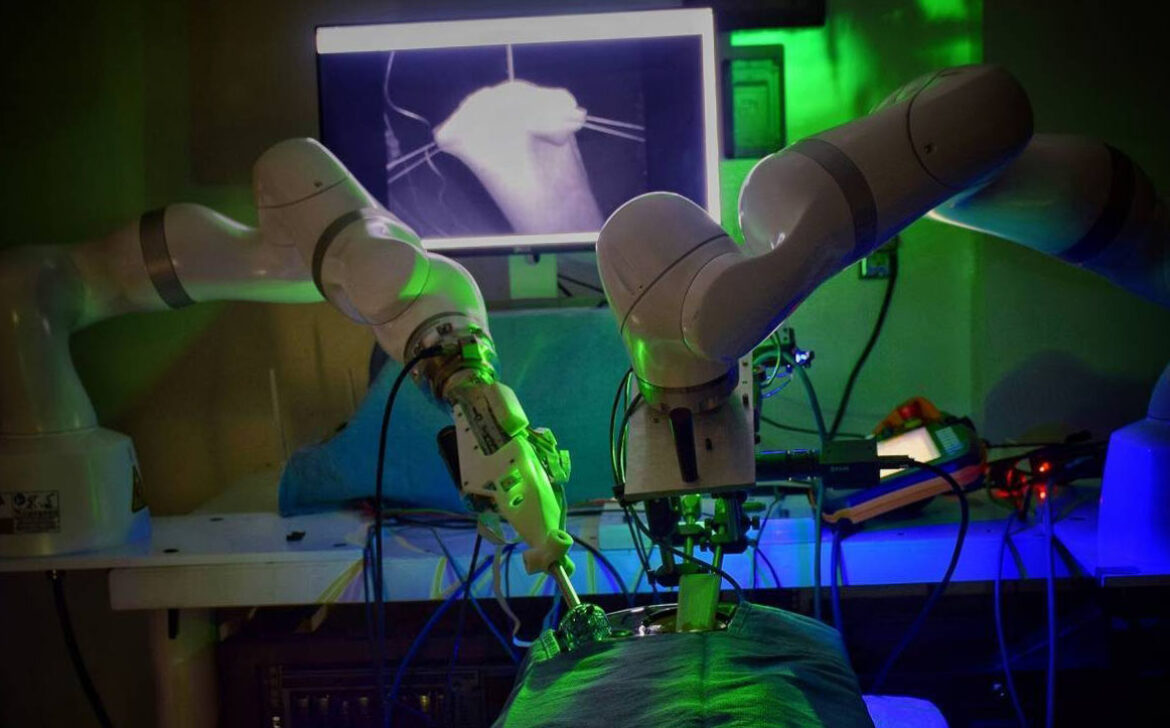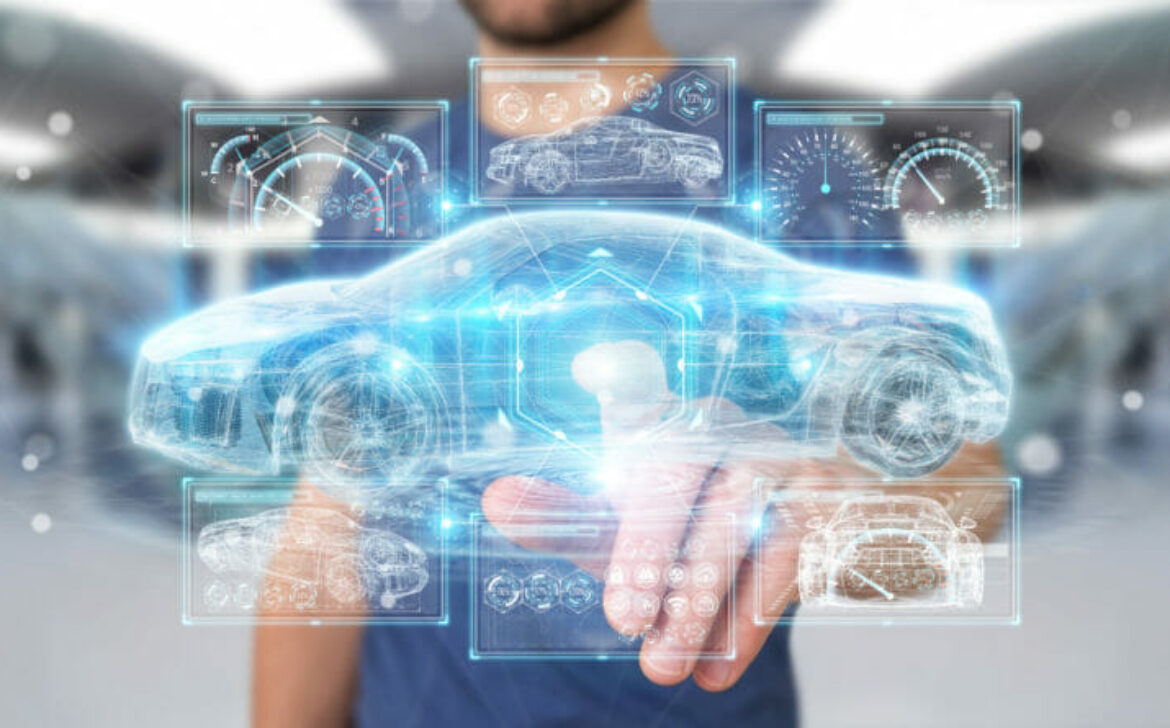The 7 Biggest Artificial Intelligence (AI) Trends: Shaping the Future of Technology

Artificial Intelligence (AI) is at the forefront of technological advancements, revolutionizing industries and redefining how we interact with machines. In this ever-evolving landscape, seven remarkable AI trends are taking center stage, each with the potential to reshape our world in unique ways. Join us on this journey through the biggest AI trends shaping the future.
1. Autonomous Machines and Robotics
Autonomous machines, including self-driving cars and drones, are becoming increasingly prevalent. AI-powered robots are taking on tasks in industries like manufacturing and healthcare, leading to enhanced efficiency and safety.
2. AI-Powered Healthcare
AI is revolutionizing healthcare with applications in diagnostics, drug discovery, and personalized treatment plans. Machine learning models analyze medical data to assist clinicians and improve patient outcomes.
3. Ethical AI and Responsible AI Development
As AI’s influence grows, ethical considerations become paramount. The responsible development of AI involves addressing biases, ensuring fairness, and implementing transparency in AI algorithms and decision-making.
4. Natural Language Processing (NLP) Advancements
Advancements in NLP are enabling machines to understand and generate human language more effectively. This trend is driving improvements in chatbots, virtual assistants, and language translation.
5. AI in Cybersecurity
AI is a powerful ally in the fight against cyber threats. Machine learning algorithms can detect and mitigate security breaches, making AI an integral part of modern cybersecurity strategies.
6. Edge AI for Real-Time Processing
Edge AI brings AI processing closer to the data source, reducing latency and enabling real-time decision-making. This is particularly important for applications like IoT and autonomous vehicles.
7. AI-Enhanced Business Processes
AI is optimizing business operations through automation. From customer support chatbots to supply chain management, AI streamlines processes, reduces costs, and improves efficiency.















